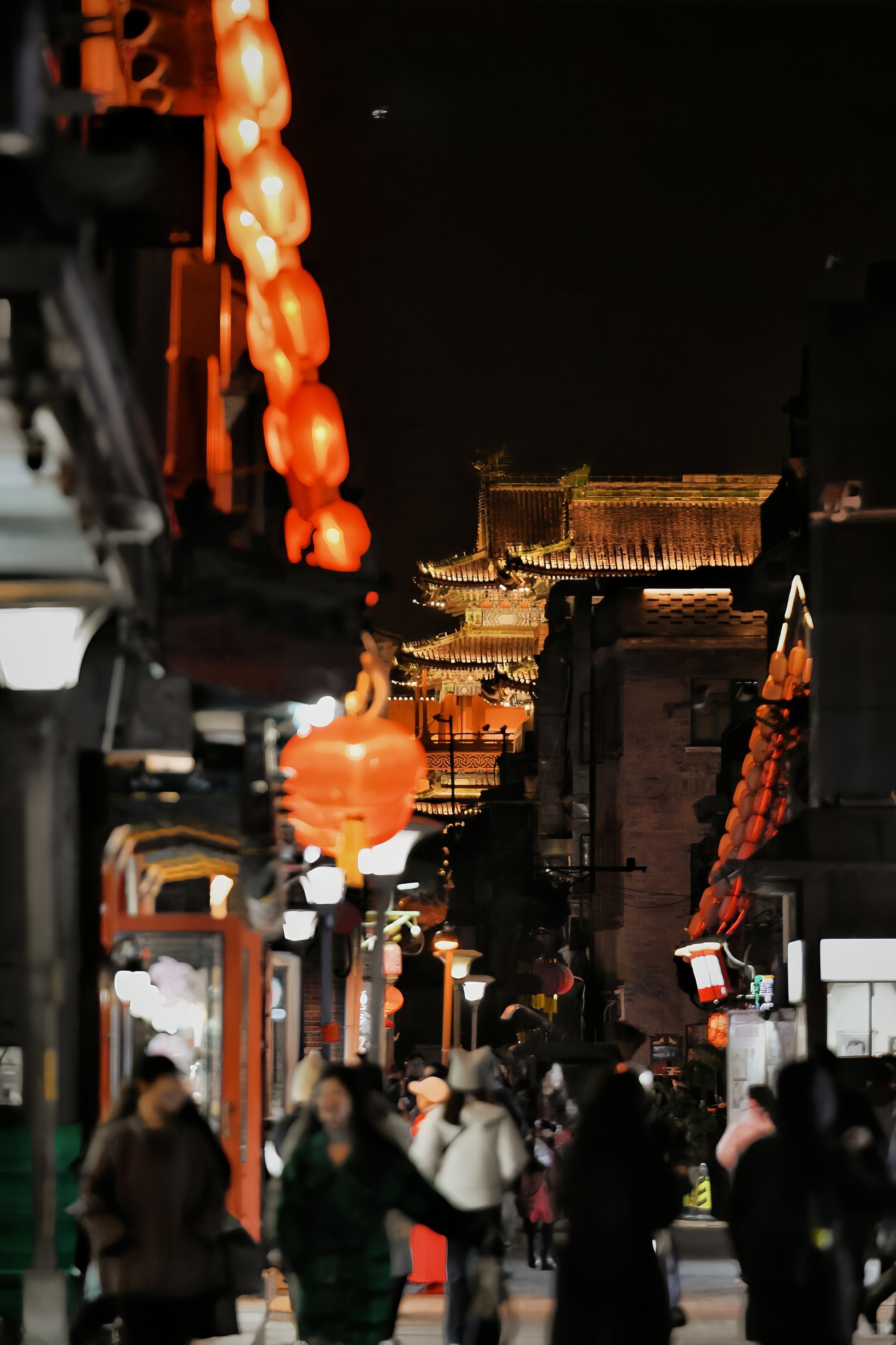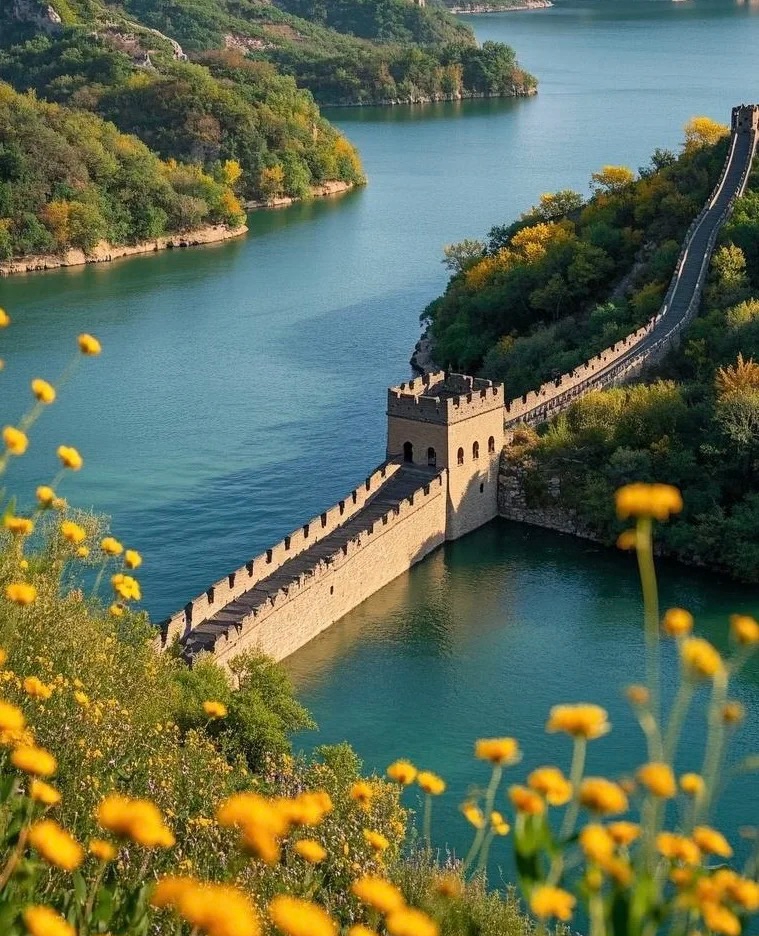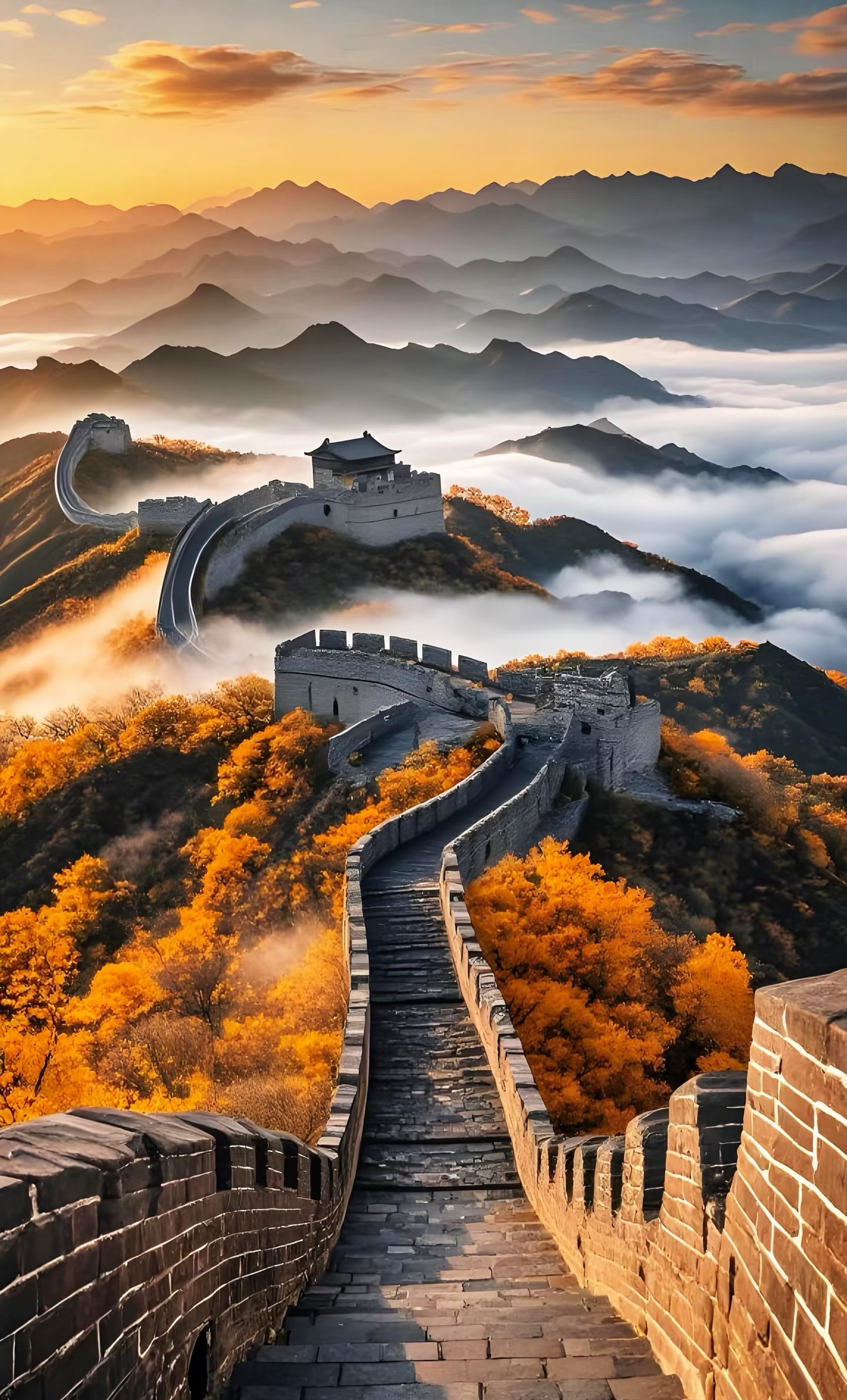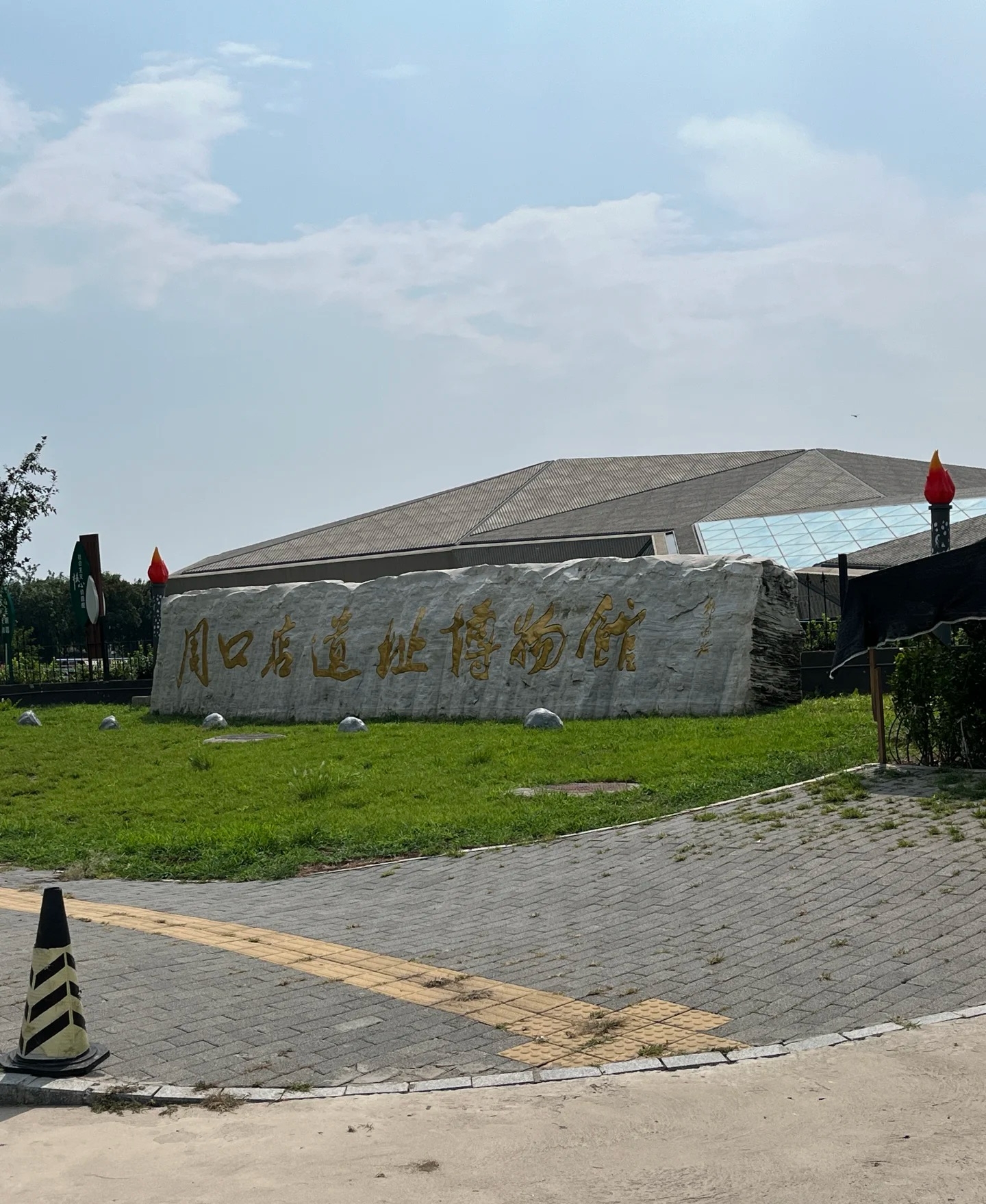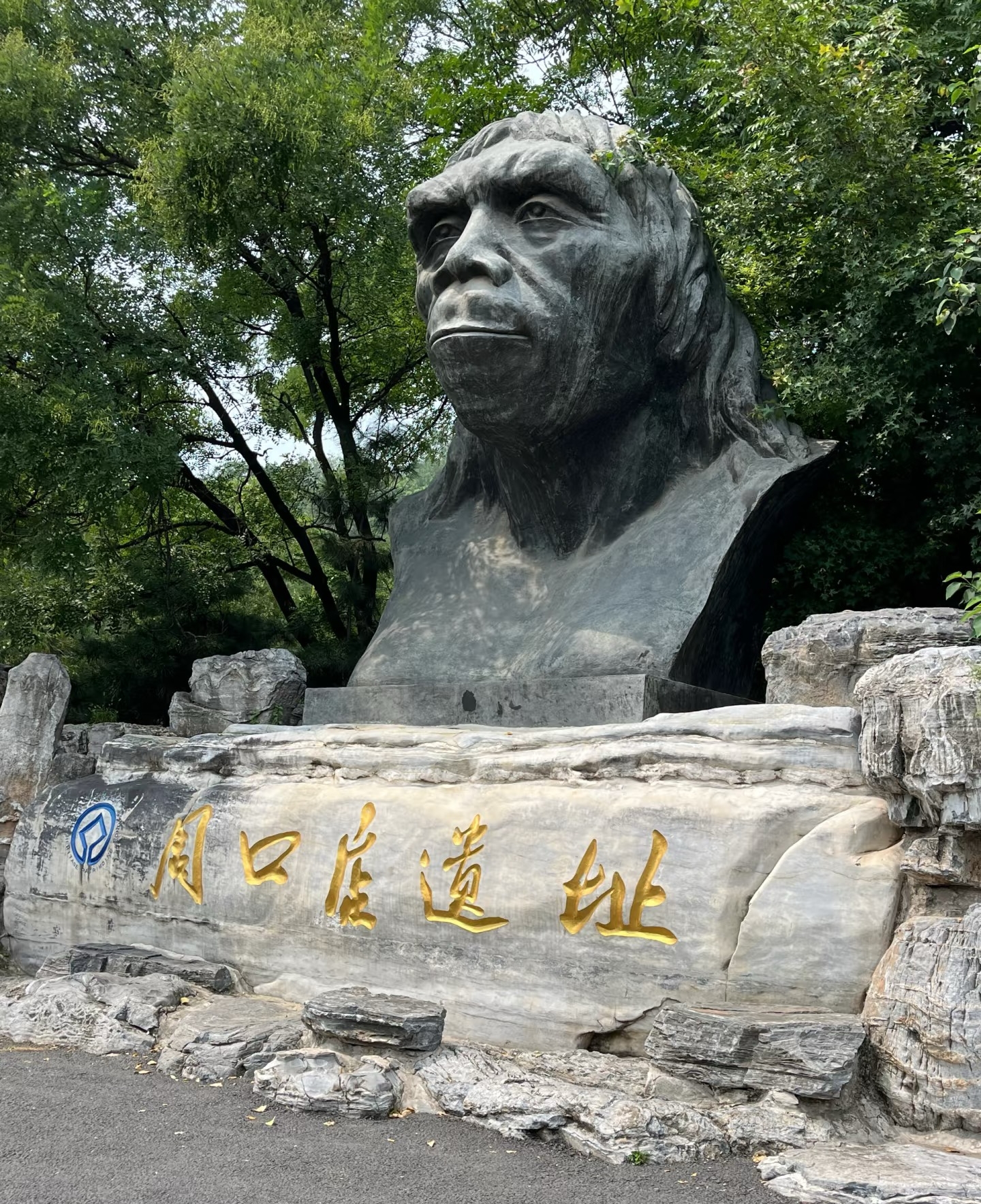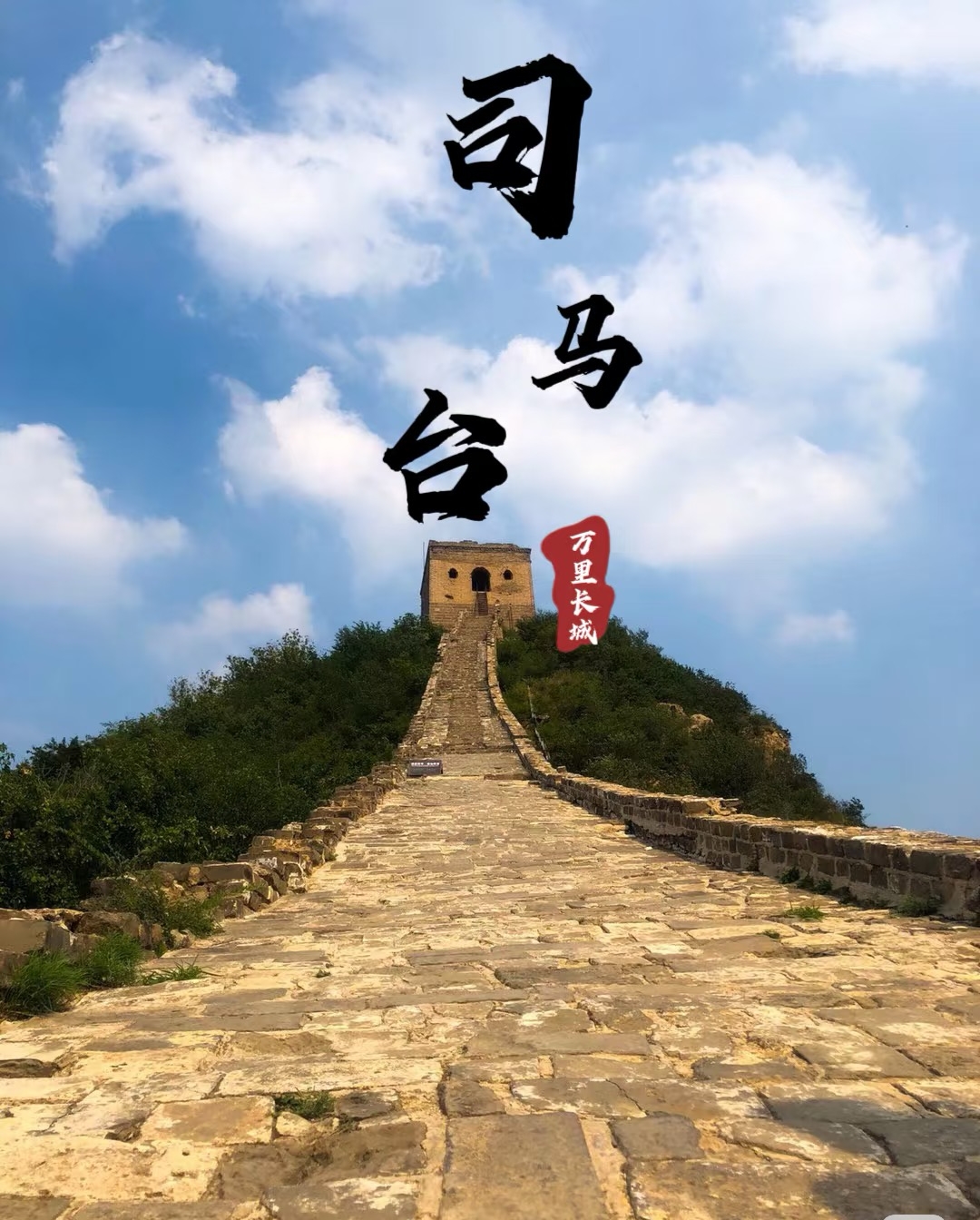


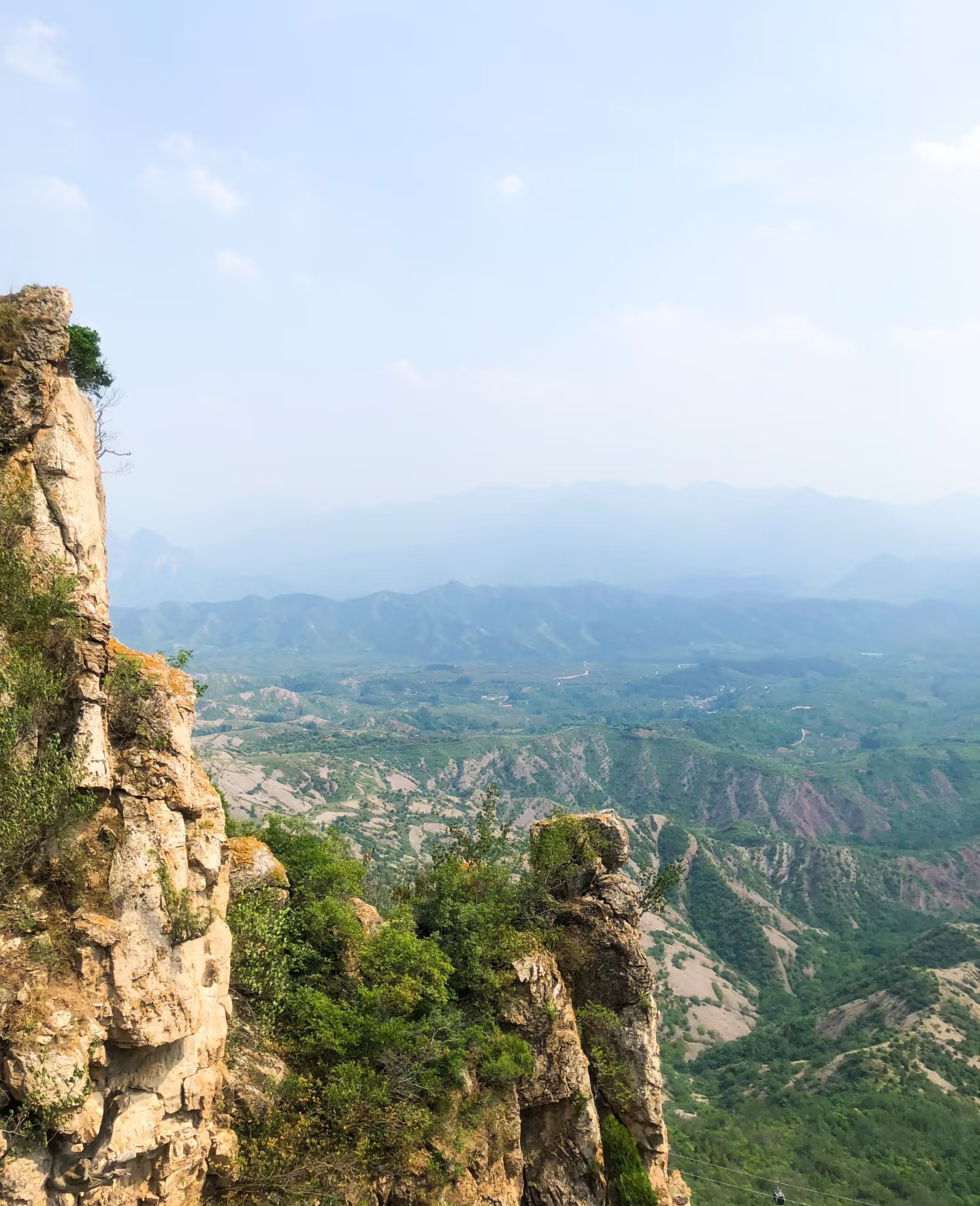
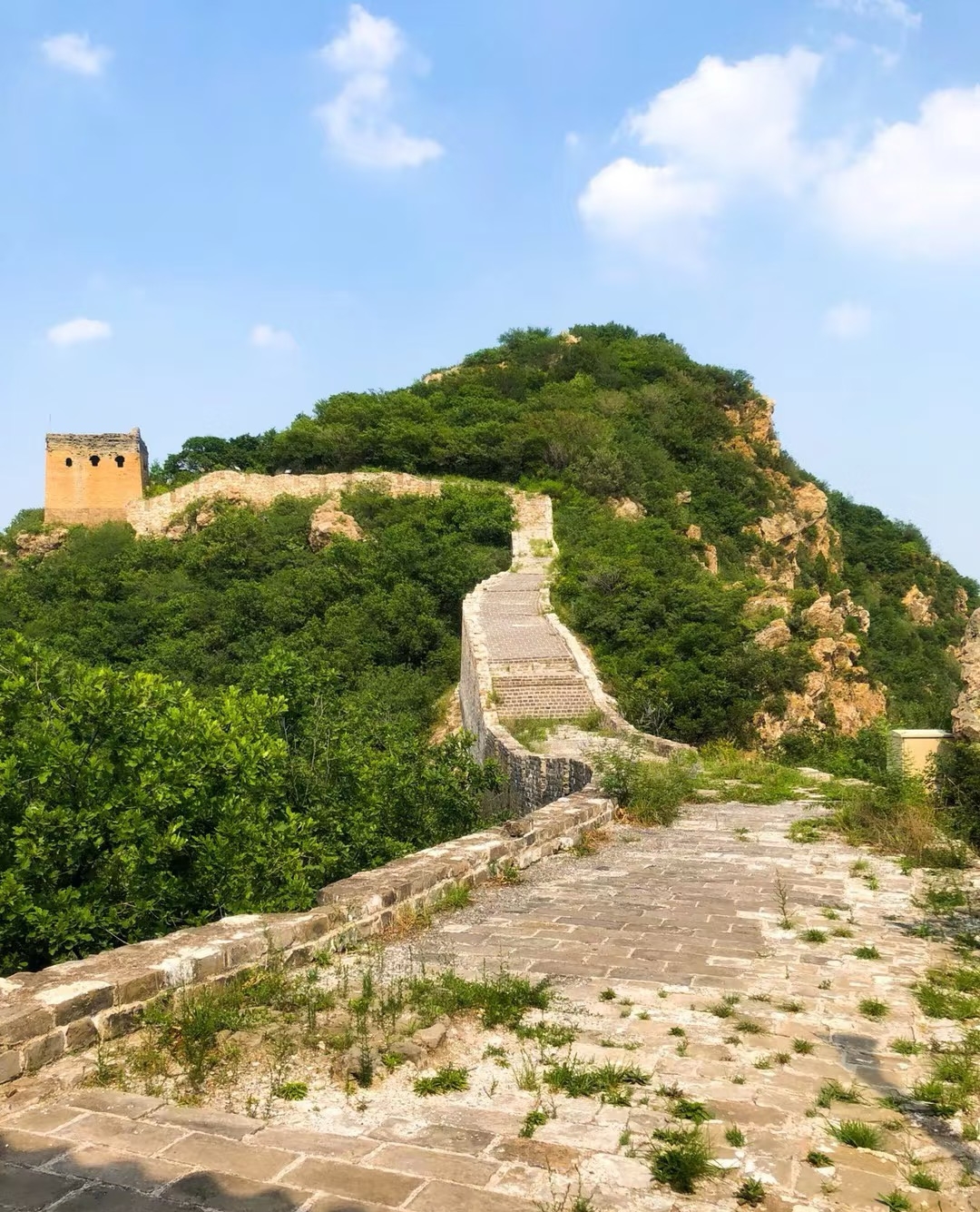
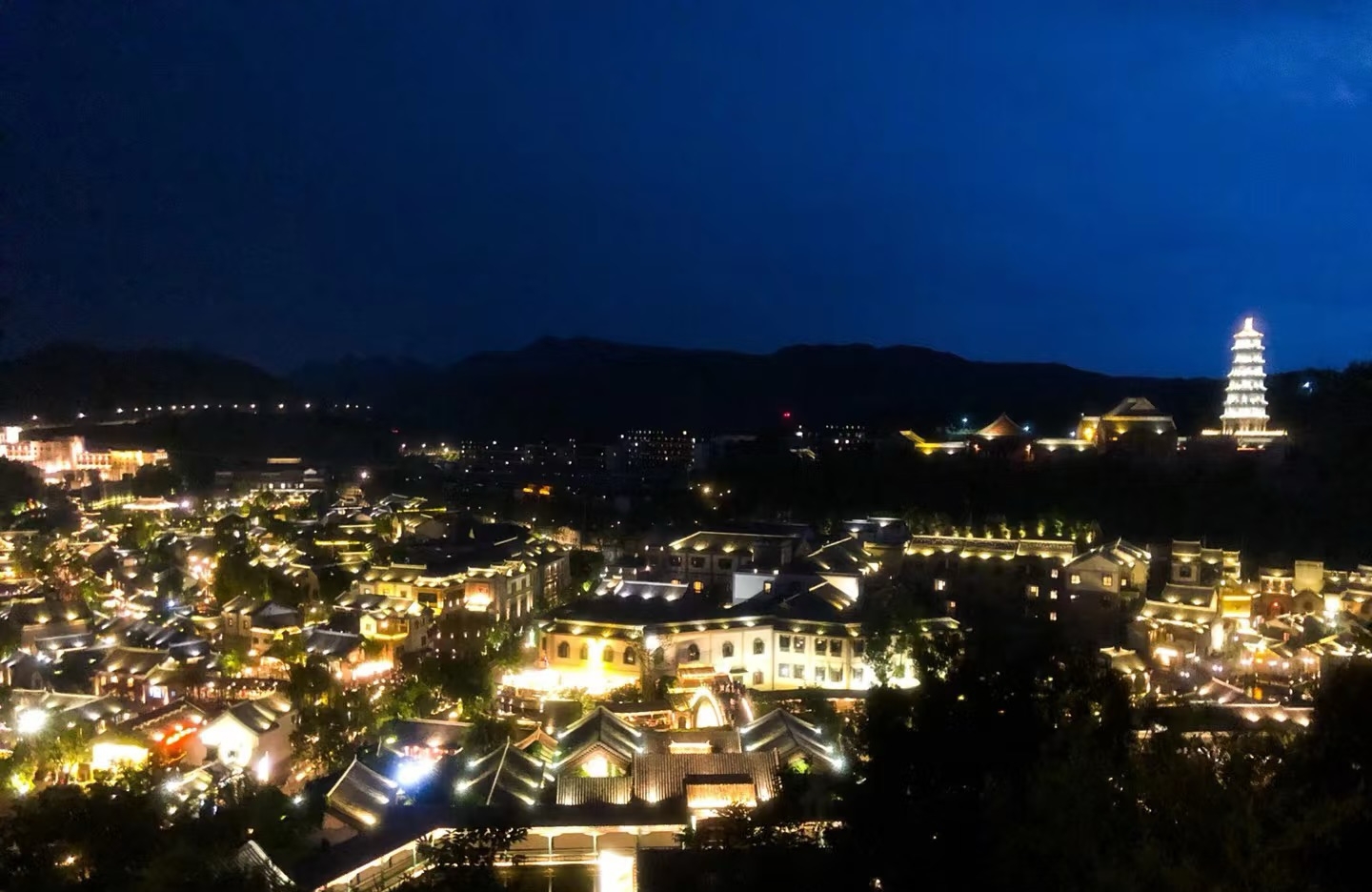
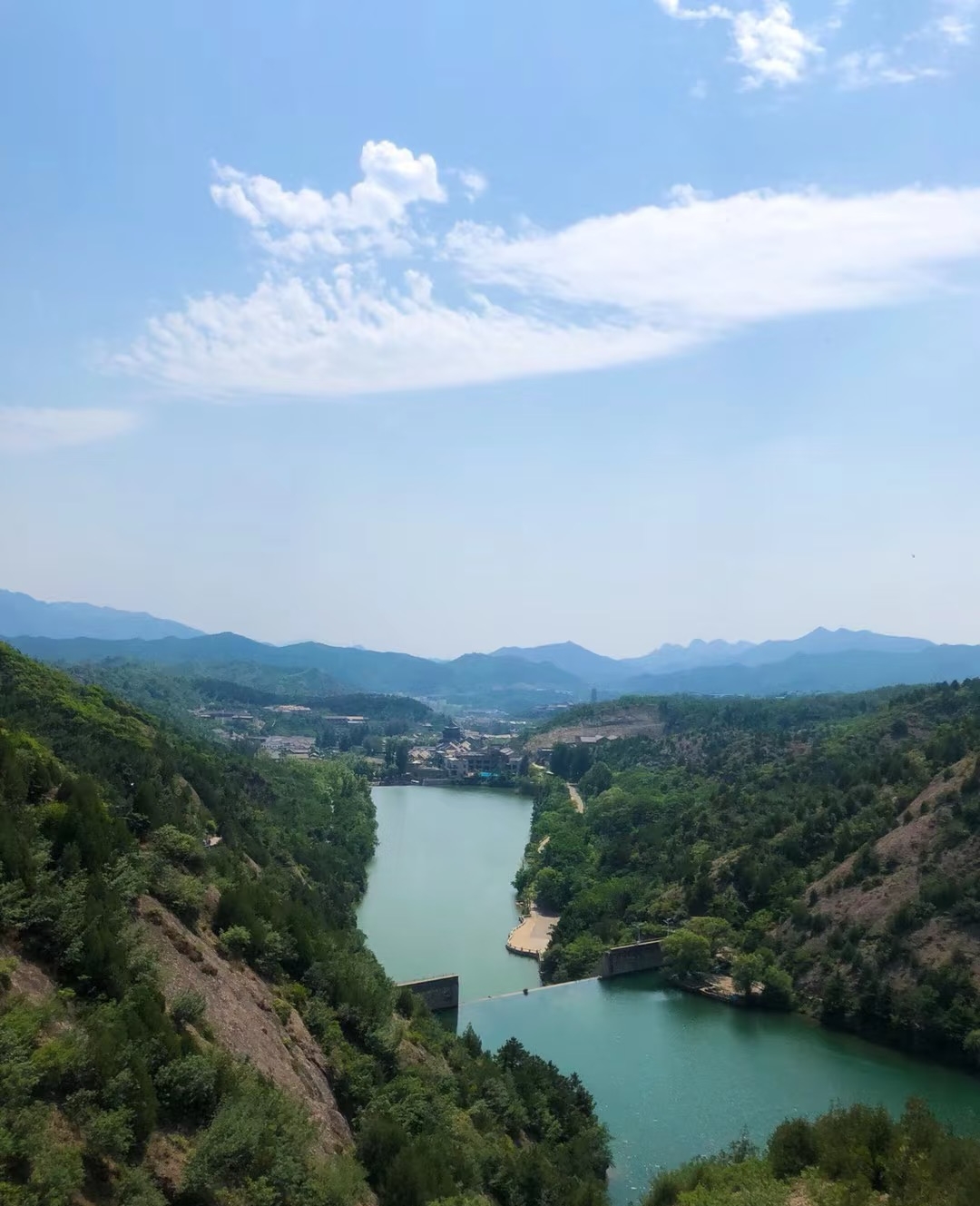
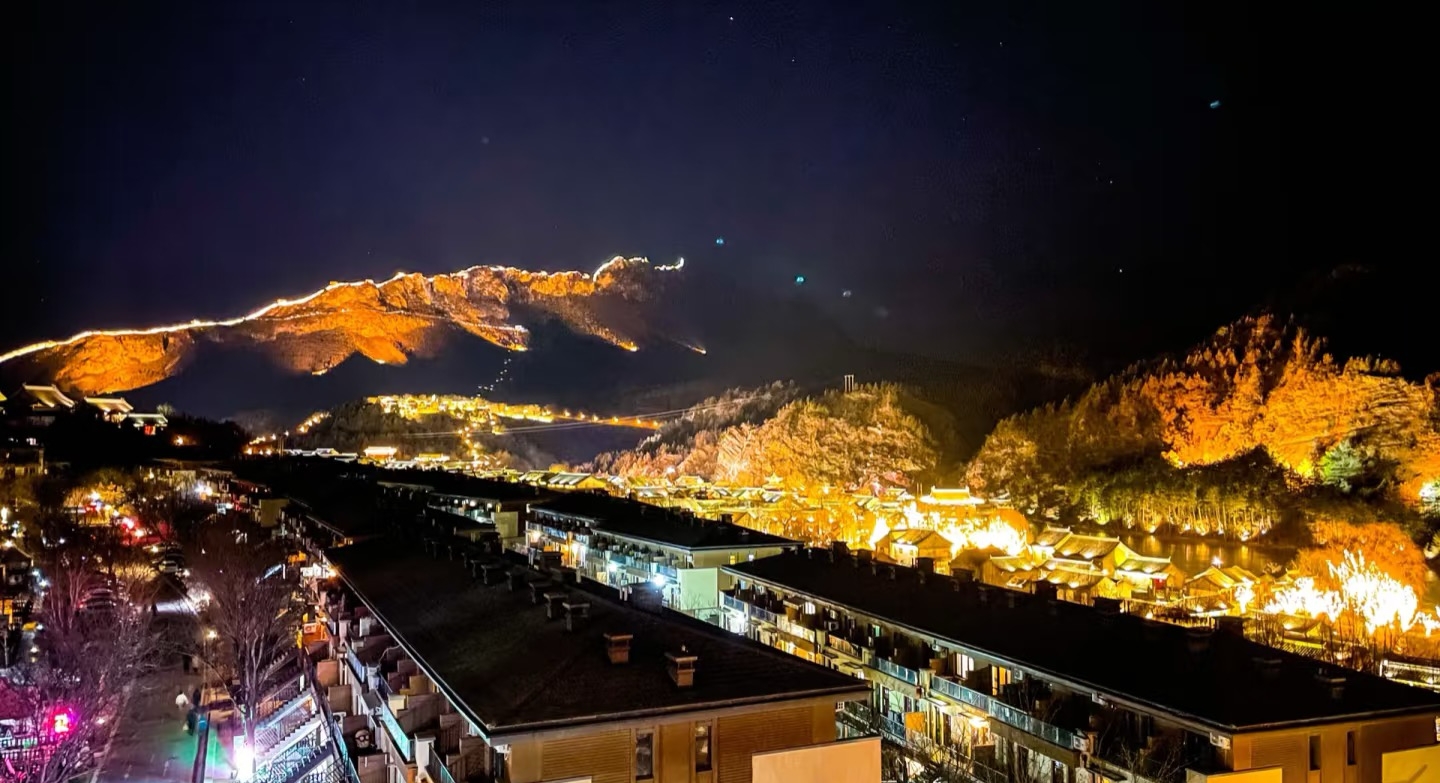
Simatai Great Wall
Simatai is a section of the Great Wall of China located in Miyun District, about 120 kilometers northeast of Beijing. Known for its steepness, unique architecture, and well-preserved original features, it is one of the few sections that still retains the original Ming Dynasty appearance. Simatai features 35 watchtowers spread across steep ridges, including the famous Fairy Tower perched on a cliff edge. It is also the only section of the Great Wall open for night tours.
Information
Ticket price
Time
Location
Gubeikou Town, Miyun District, Beijing, China
View maps
More about the trip
Simatai Great Wall: A Rugged and Authentic Experience
Simatai is a section of the Great Wall of China located in Miyun District, about 120 kilometers northeast of Beijing. Known for its steepness, unique architecture, and well-preserved original features, it is one of the few sections that still retains the original Ming Dynasty appearance. Simatai features 35 watchtowers spread across steep ridges, including the famous Fairy Tower perched on a cliff edge. It is also the only section of the Great Wall open for night tours, offering a truly unique and memorable experience.
What to See and Do
Authentic Great Wall Experience: Unlike some heavily restored sections, Simatai retains much of its original, rugged charm. You can see the wall in a more natural state, with crumbling sections and overgrown areas, offering a sense of its ancient history.
Steep and Challenging Hikes: The eastern section of Simatai is particularly steep and challenging, offering a thrilling hike for adventurous visitors. The western section is generally easier.
Night Tour: Simatai is the only section of the Great Wall open for night tours. Walking along the illuminated wall under the stars is a magical and unforgettable experience, offering stunning photo opportunities.
Watchtowers: Explore the various watchtowers, each with its own unique design and strategic importance. The Fairy Tower is particularly famous for its precarious position.
Cable Car and Zip Line: A cable car provides access to a higher point on the wall, and for the adventurous, a zip line offers a thrilling descent from the wall to the reservoir below.
Gubei Water Town: Simatai is directly connected to Gubei Water Town, a picturesque resort town built in the style of a traditional Chinese water town. You can combine your visit to the Great Wall with exploring the charming town.
Best Time to Visit
Spring (April-May) and autumn (September-October) offer the most pleasant weather for hiking. The night tour is available year-round. Avoid visiting during major Chinese public holidays to escape the crowds.
How to Get There
Simatai Great Wall is located in Miyun District. There are direct tourist buses from Dongzhimen Bus Station in Beijing to Gubei Water Town, from where you can access Simatai. Many tour operators offer organized day trips or overnight stays.
Travel Tips
Wear comfortable hiking shoes: The wall can be very steep and uneven in places.
Bring water and snacks: Especially if you plan a longer hike.
Sun protection: Bring a hat, sunglasses, and sunscreen.
Book night tour in advance: If you plan to do the night tour, book your tickets in advance, as capacity is limited.

